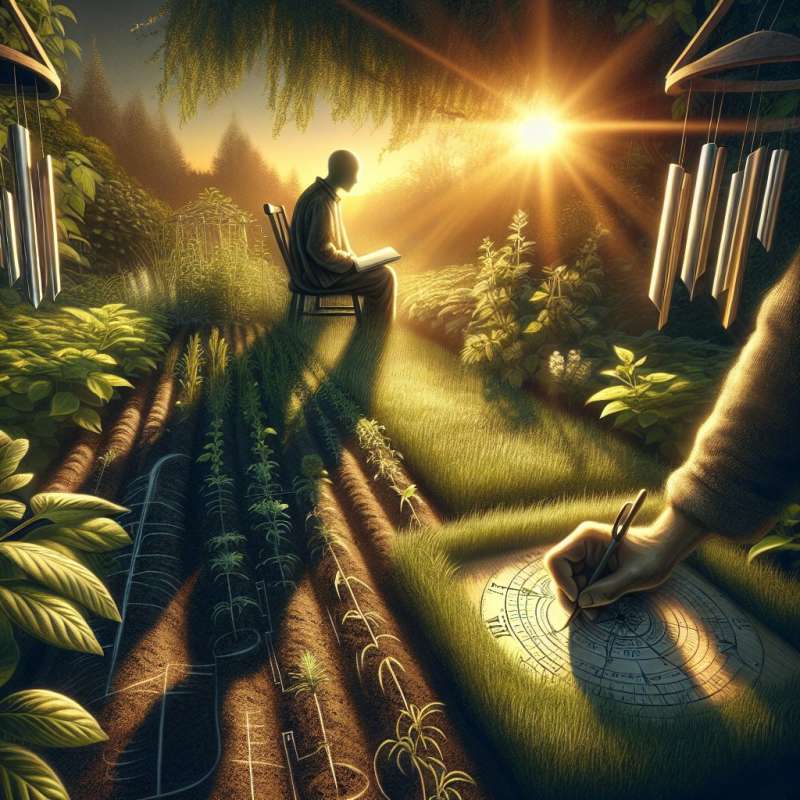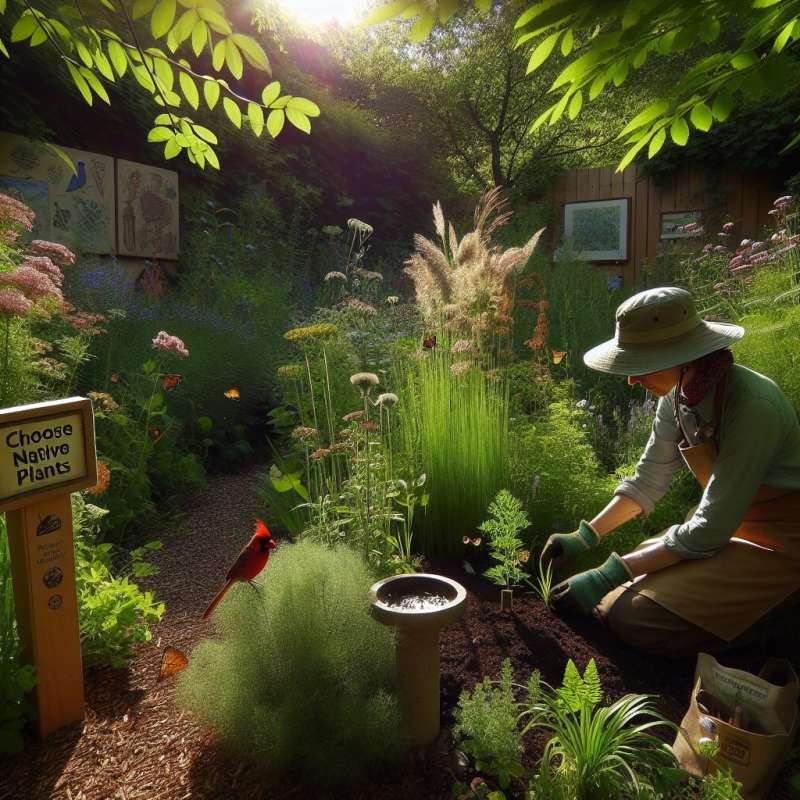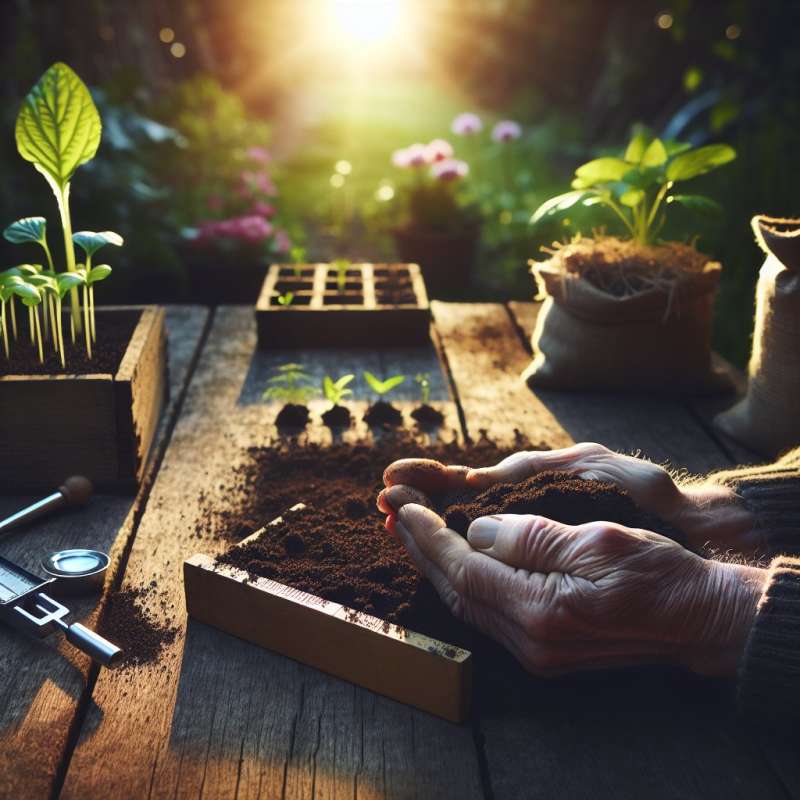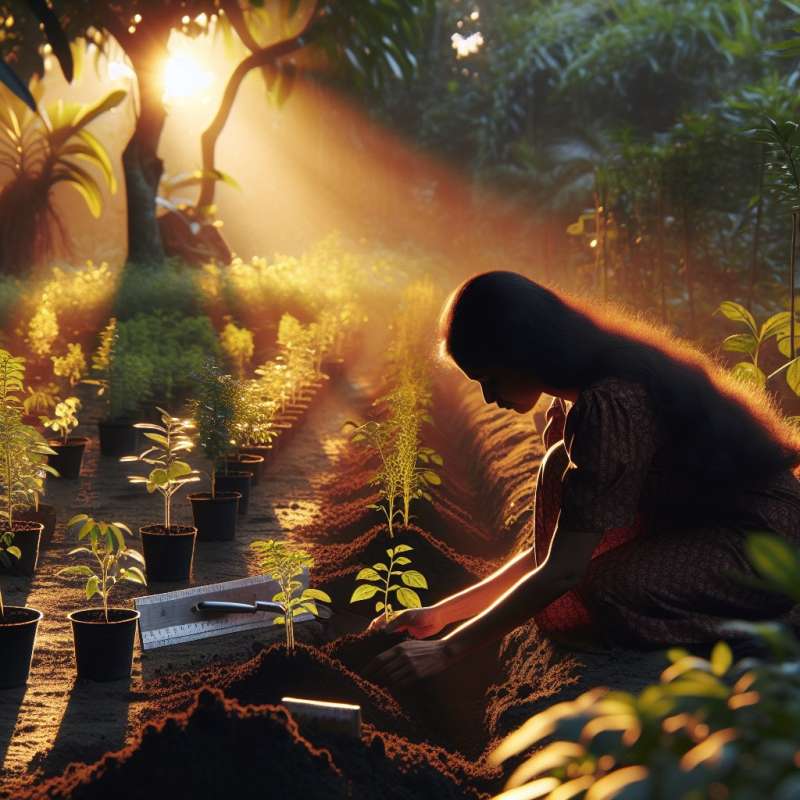
Understanding Your Space
Before starting, observe your garden area throughout the day. Note sunlight patterns, wind directions, and soil condition. This understanding will influence plant choice and placement, ensuring a thriving garden ecosystem.
Choosing the Right Plants
Select plants adapted to your garden's conditions. Local native species offer the best chance of success, attracting beneficial insects and birds. They require less maintenance and are more resilient to local pests and weather.
Soil Preparation Basics
Proper soil preparation is vital. Start with a soil test to determine pH and nutrient levels. Enrich your soil with compost to improve texture and fertility, supporting robust plant growth.
Effective Planting Techniques
Spacing plants correctly avoids overcrowding and promotes healthy growth. Dig holes twice the width of the root ball but no deeper, encouraging roots to spread outward rather than down.
Watering Wisdom
Overwatering is a common mistake. Water deeply but infrequently to foster strong root development. Early morning watering reduces evaporation and disease risk. Mulching conserves moisture and regulates soil temperature.
Organic Pest Control
Instead of chemicals, use organic pest control. Introduce beneficial insects, like ladybugs, and plant marigolds or garlic, which act as natural deterrents. Encourage birds, who eat pests, with birdhouses and baths.
Harvesting and Maintenance Tips
Regularly prune and harvest your plants to stimulate growth. Collect rainwater for a sustainable water source. Rotate crops yearly to prevent soil depletion and reduce disease. Enjoy the fruits of your labor!
What influences garden plant placement?
Sunlight patterns and soil
Garden size and shape
Plant colors and height
Company